Welcome to Paulina Kitchen! Today's content is special for recipe lovers with history. Today we get fully in the German cake , a recipe that is not only very good but is also a bit of tradition.
In Argentina, this cake was adopted with love for the communities of descendants of the Germans of Volga , especially in the province of Entre Ríos. It is a spongy dough cake and special touches that we are going to discover today
In this note we will know everything about the Argentine German cake recipe , what it is, what is special, how to do it and the secrets that can not be missing so that it is perfect. To take note!
Content table
On the German cake
Let's start with the basics: What is the German cake ? It is a typical recipe of the villages in which the descendants of Germans of the Volga live in Argentina , who are especially in Entre Ríos.
Unlike other German recipes such as Stollen , which carries nuts, or apple kuchen , which has fruit; This cake has three main components : a base of leudate mass Latin coverage (a kind of flour thick caramel) and the classic lumps of flour, sugar and butter, called Riwwel .
The German cake recipe varies from family as a family, but always retains that artisanal and homemade essence . It is a classic at family tables and is served in meetings, celebrations or simply to accompany a good mate.
The taste of the German cake: What makes it so special?
If we talk about the flavor of the German cake , we must highlight its soft and spongy mass , and a slight sweet touch that does not cake. Latwerge brings a unique flavor to candy makes it irresistible. And, of course, the Riwwel give it a crunchy contrast that raises each bite.
The special of the German cake is its simplicity and its direct connection with the traditions of German immigrants. That is why he has earned a place in Argentine cuisine. Perfect for snack, breakfast or that craving for something sweet that appears suddenly.
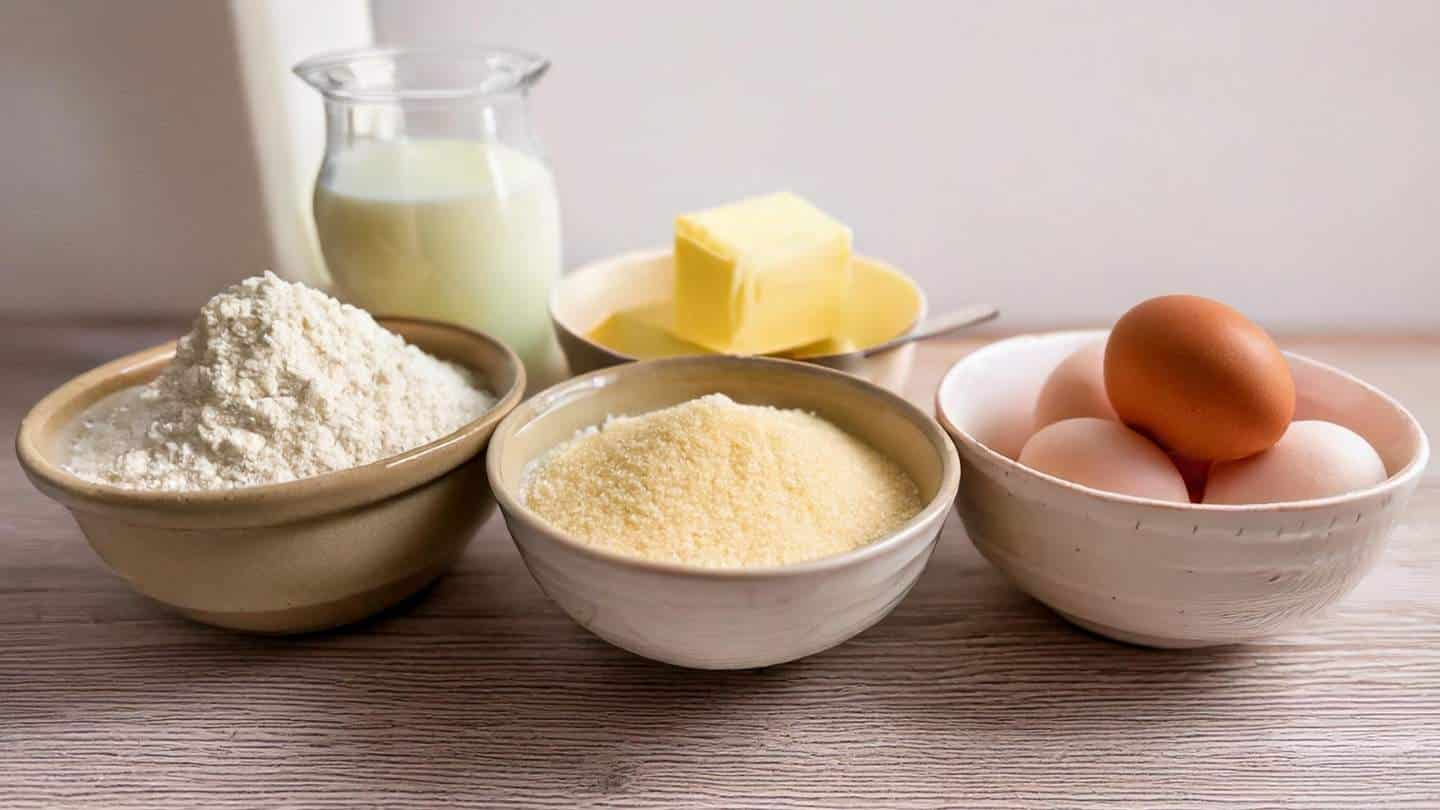
Characteristics of the German cake recipe
- Tradition and authenticity : It is an inherited recipe that reflects the cultural roots of the Germans of Volga.
- Simple and accessible ingredients : flour, sugar, butter or fat, yeast and milk are the basics that are needed for the German cake recipe.
- Latin, the secret : a kind of thick candy that brings a unique flavor.
- The Riwwel, the protagonist : that cover of gold crumbs is the undisputed star of the Argentine German cake.
- Ideal for sharing : It is perfect for meetings, celebrations or an afternoon of mate.
- Unique texture : The German cake combines a soft and spongy base with a crunchy and irresistible cover.
- Without excess sweetness : it is sweet, but with the right balance to continue to repeat.
How to make homemade German cake
Making a German cake requires patience, but the result is worth every minute inverted. The first step is to prepare a mass that has yeast , so it is soft and airy. It is important to let it stand to double its size.
While the dough rests, Latin is prepared . This thick caramel is achieved by melting sugar until it takes a golden color, to which water and dissolved flour are then added. It is cooked until a homogeneous and dense texture is the key to giving it a unique flavor.
Finally, Riwwel is prepared , which is nothing more than a mixture of cold butter, flour and sugar worked with the hands to form thick crumbs, something very similar to the crumble (such as the one used in the crumble of apples and many other recipes).
Three ways to keep the German cake
- To keep the German cake and enjoy it for a longer time, it is important to keep it in a cool and dry place, if possible in a cover with a lid or wrapped in film. If it is not too hot, it can be left covered with a clean cloth on the table for one or two days.
- If we want it to last longer, it can be stored in a hermetic container and cool; In this way, it will remain fresh for up to five days.
- And if there is a lot of quantity (although we doubt that happens), it can also be frozen in portions wrapped in film, and then everything in a freezer bag.
Tips and secrets to make Argentine German cake
- Use quality ingredients: flour, butter (or fat) and sugar make a difference in this German cake recipe.
- Letting the dough be led correctly: this step is essential to achieve a spongy and aerated texture, which characterizes the German cake.
- The Latin without lumps: constantly stir by adding the dissolved flour to avoid lumps.
- Work quickly the Riwwel: Use very cold butter and mix with your hands without melting.
- Bake at a moderate temperature: thus cooking is couple and the Riwwel are golden without burning.
- Do not spare in Latwerge: this is the soul of the Argentine German cake, so it is important that there is enough to cover the entire mass.
- Enjoy it fresh: although it can be kept, nothing exceeds the taste of a newly made German cake.
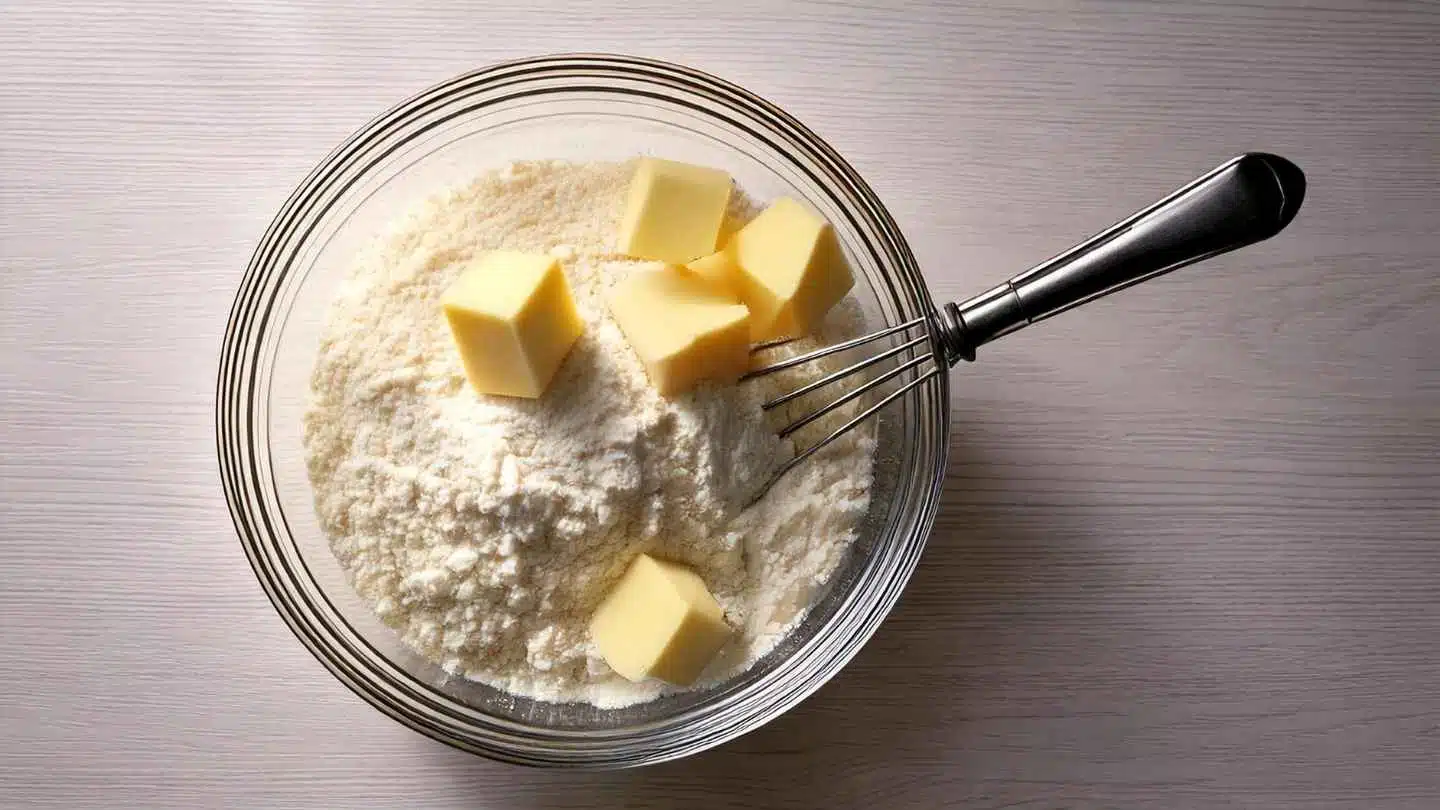
Seguime on Instagram ( here )
And on YouTube that I upload new recipes every week ( click here )
German cake recipe
Yield: 10/12 portions
Preparation time: 2 hours (approximately)
Ingredients
- 400 g of flour 000
- 80 g of sugar
- 40 g of butter or oil
- 20 g of fresh yeast
- 150 ml of warm milk
- 1 egg
For Latwerge
- 150 g of sugar
- 150 ml of water
- ¾ of flour cup dissolved in water
For the Riwwel
- 100 g of flour
- 80 g of sugar
- 60 g of cold butter or fat
How to make German pitch cake
- Hydrate yeast in warm milk for 5-10 minutes, until bubbles forms. In a bowl, mix half of the flour with sugar, egg and oil or butter. Incorporate hydrated yeast and join the ingredients.
- Add the rest of the flour little by little while kneading to form a homogeneous mass. Knead for 8-10 minutes until it is soft and does not stick. Cover with a damp cloth and let rise in a warm place until it doubles its size, approximately 1 hour.
- To make the Latin , melt the sugar in a pan over medium heat until it takes a light brown color, stirring constantly to prevent it from burning. Remove from heat, add the water little by little and stir until dissolve. Return to the fire, incorporate the flour dissolved in water and cook over low heat, stirring until a thick texture is obtained. Let cool.
- For Riwwel , mix flour, sugar and cold butter or fat with your hands to form a lumpy sandy. Reserve in the refrigerator.
- Stretch the dough with a rough kneader to a thickness of approximately 1 cm. Place in a pizzera mold of 28 cm in diameter, previously enmantecado and floured.
- Cover the dough with cold latwerge, uniformly. Spread the Riwwel on the surface.
- Bake in a preheated oven at 180 ° C for 15-20 minutes, or until the Riwwel are golden and the cooked dough. If the Riwwel begin to brown too fast, cover with aluminum foil.
- Remove from the oven and let cool slightly before serving. Cut into portions and enjoy.
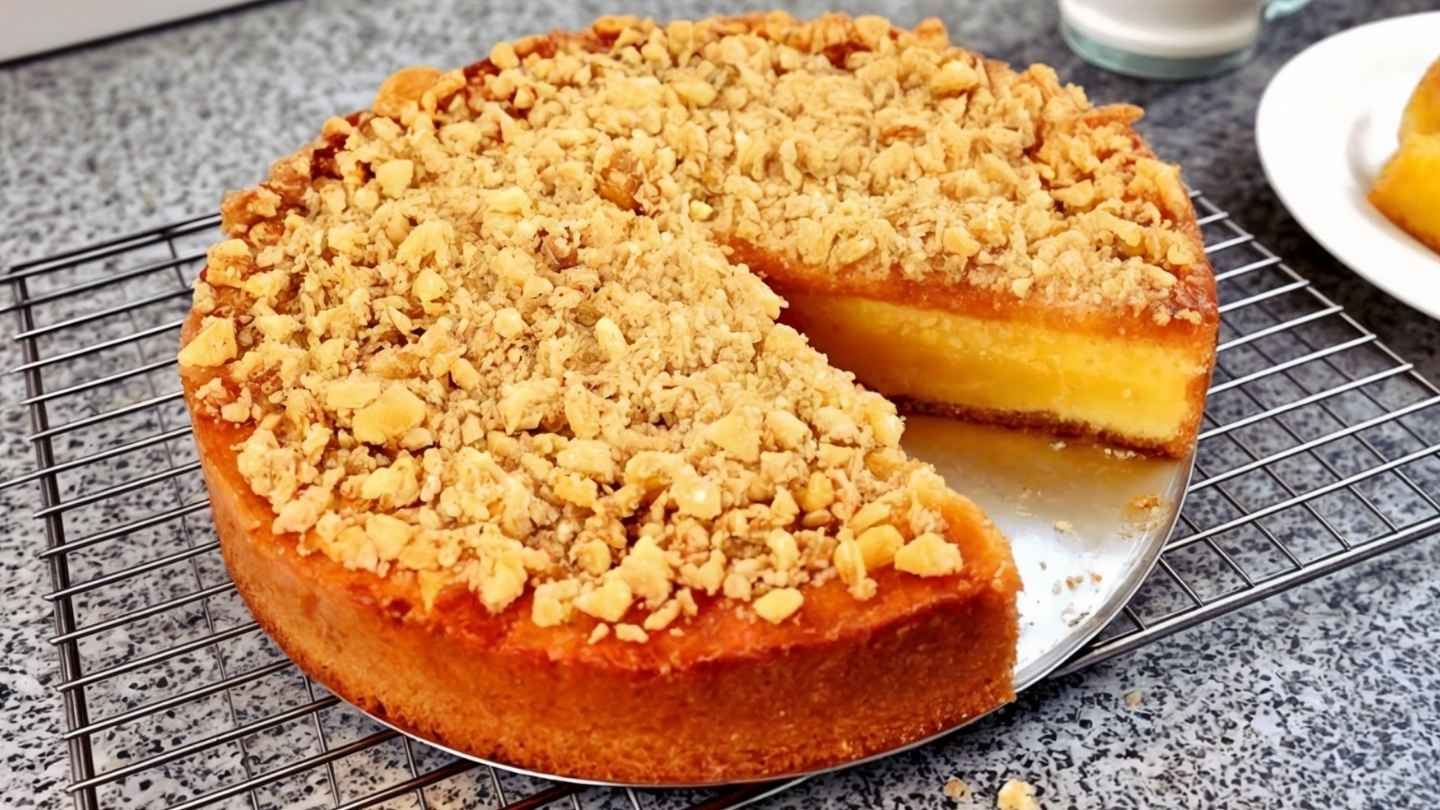
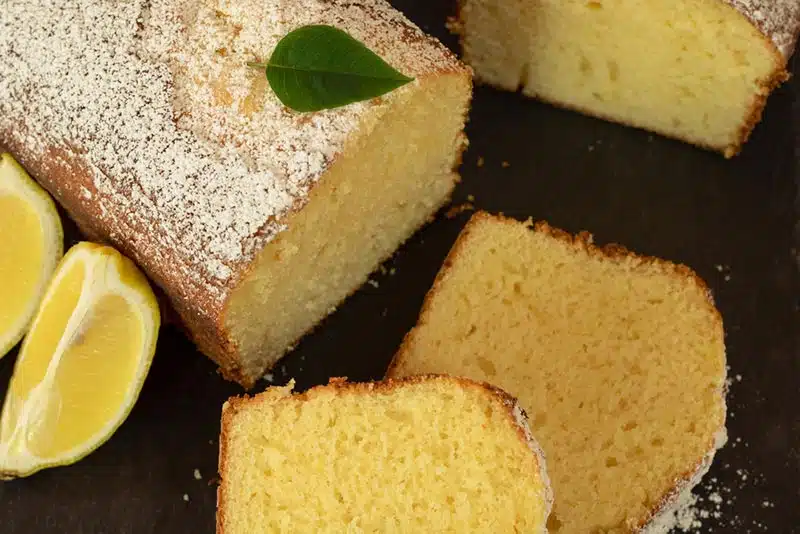

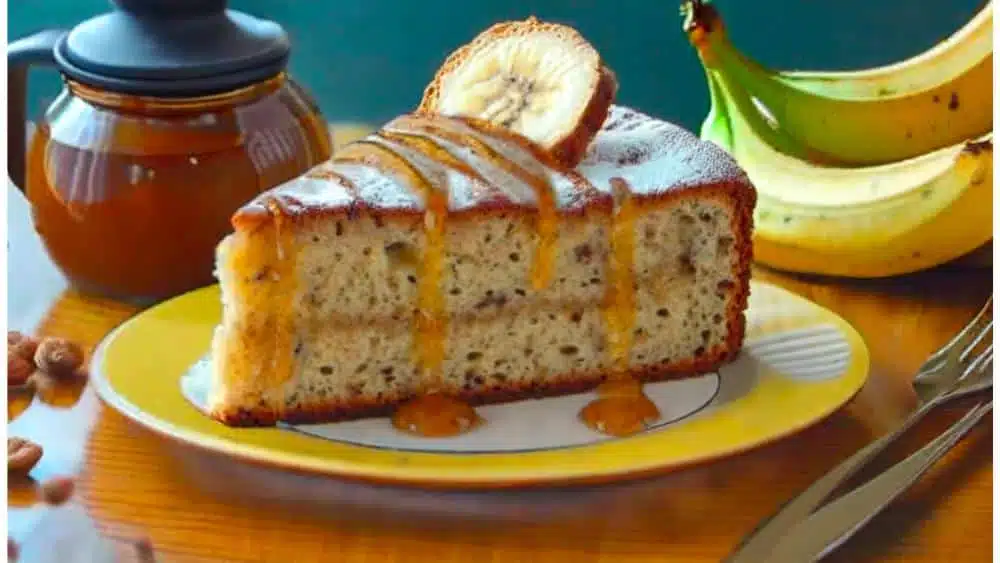


Great Paulina are the best 🥳🥳🥳